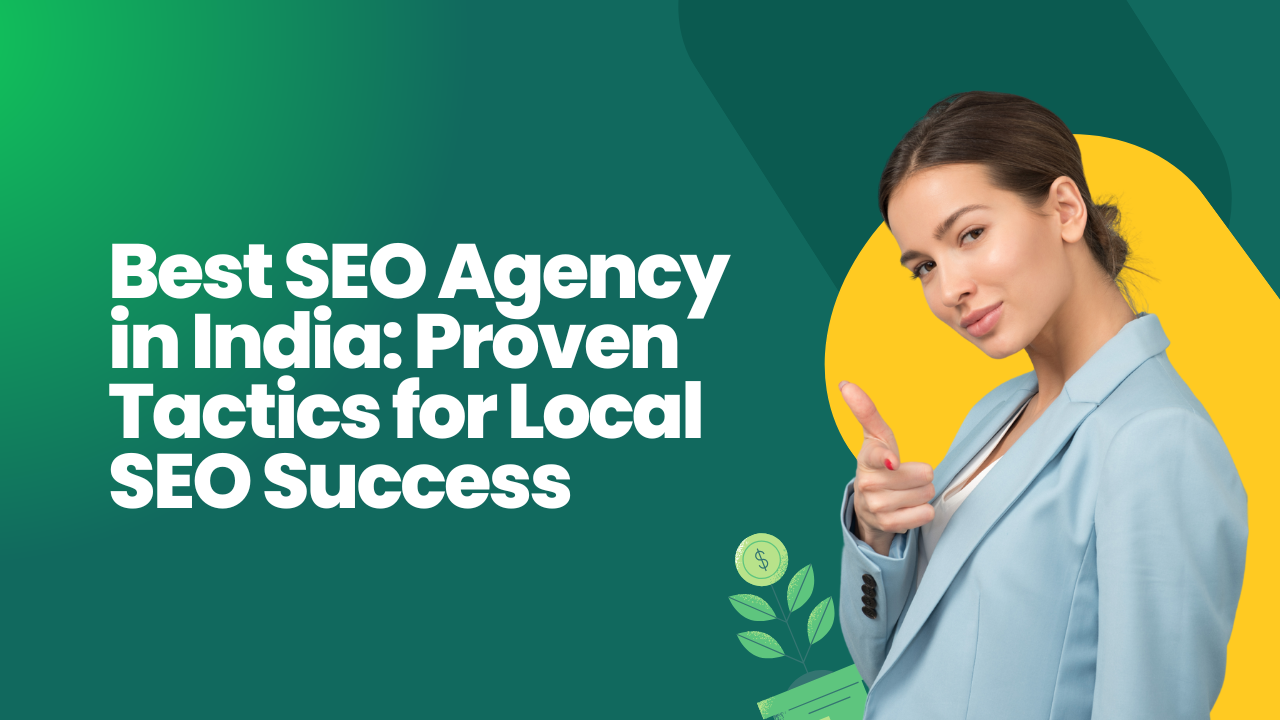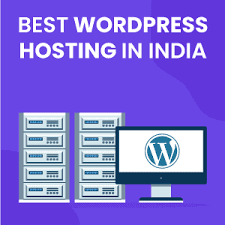How Small Businesses Can Dominate Local Search on a Budget
The internet serves as both a challenge and an opportunity for small businesses. On one side, global brands with deep pockets flood the digital space with ads, content, and slick marketing campaigns. On the other, local players are fighting for visibility in their neighborhoods, often without the luxury of big budgets.
And here’s the twist: you don’t need millions to win locally. Local search isn’t about outspending your competitors; it’s about outsmarting them. Search engines are designed to connect people with the most relevant, nearby options. If you can prove you’re the best local choice, you can claim top spots without burning through your budget.
The reward? A steady flow of nearby customers who are actively looking for what you offer, right now. The risk of ignoring it? Watching your competitors scoop up leads you never even knew existed.
Understanding Local Search
Why Local Search Is Important for Small Businesses
Local search is the bridge between online discovery and in-person interaction. When someone searches for “best coffee shop near me” or “plumber in [city],” they’re not browsing for fun they’re ready to make a decision.
For small businesses, this is a golden moment. According to industry studies, a significant percentage of local searches lead to a visit or purchase within 24 hours. That means local search isn’t just a traffic booster; it’s a conversion driver.
Even better, local search levels the playing field. A small bakery with a smart local SEO strategy can outrank a national chain in its neighborhood. The key is understanding how to position yourself so search engines (and customers) see you as the go-to option.
Local SEO vs. Traditional SEO
Traditional SEO casts a wide net, aiming to attract visitors from anywhere in the world. It’s perfect for e-commerce giants or global publications, but it’s often too broad for a small business that relies on nearby customers.
Local SEO narrows the focus. It optimizes your online presence so you show up for searches in your geographic area, whether that’s a single neighborhood or multiple cities.
The difference in intent is crucial. A person searching “best laptops 2025” might be weeks away from buying. But someone searching “computer repair in Brooklyn” is likely looking to book today. Local SEO captures these high-intent leads at the exact moment they’re ready to act.
Budget-Friendly Steps to Boost Local Search Rankings
1. Optimize Your Google Business Profile
Your Google Business Profile (GBP) is your digital storefront on Google Search and Maps. It’s often the first impression potential customers have, sometimes before they even visit your website.
To optimize it:
- Fill out every detail: address, phone number, hours, and business categories.
- Add high-quality photos of your products, services, or premises.
- Use the “Posts” feature to share updates, offers, or events.
- Respond to questions in the Q&A section promptly.
A well-maintained GBP not only improves your ranking but also builds trust with customers before they click a single link.
2. Target Local Keywords
If your website doesn’t mention your location, search engines can’t connect you to local intent searches. Integrate city names, neighborhoods, and landmarks naturally into your content.
Example: Instead of “quality landscaping services,” use “quality landscaping services in Springfield.” Apply this across your homepage, service pages, meta descriptions, and even image alt text.
Local keyword targeting helps ensure that when someone nearby searches for your service, your business appears as a relevant option.
3. Build Free Local Citations
Local citations are online mentions of your business name, address, and phone number (NAP). They appear in directories, review sites, and local listings.
Free citation sources include:
- Yelp
- Bing Places
- Facebook Business Pages
- Local Chamber of Commerce websites
Consistency is critical. If your NAP details vary from site to site, search engines might flag your listing as unreliable, which can hurt rankings.
Leveraging Content Marketing for Local Impact
1. Create Local-Focused Blog Posts
Content marketing isn’t just for national brands. Writing blog posts about local topics makes your site more relevant to your audience and helps you rank for location-specific searches.
Examples:
- “Top 5 Weekend Activities in [City]”
- “How [City] Weather Affects Your Garden”
- “Local Supplier Spotlight: Supporting [City] Businesses”
These articles not only attract search traffic but also position your brand as a local authority.
2. Develop Location-Specific Landing Pages
If you serve multiple areas, create a separate landing page for each location. Each page should:
- Include unique content tailored to that area’s needs.
- Highlight relevant services and testimonials from local clients.
- Feature maps or directions to your location.
This makes it easier for search engines to match your business with location-based queries and for customers to feel you understand their community.
Low-Cost Off-Page Local SEO Tactics
1. Build Local Backlinks
Backlinks from other local businesses, blogs, or organizations tell search engines that your site is trusted in the community. Affordable ways to earn them include:
- Partnering with local nonprofits for events or sponsorships.
- Writing guest posts for local blogs.
- Offering expert quotes to local news outlets.
These links don’t just help rankings; they also drive direct referral traffic from relevant audiences.
2. Encourage and Manage Reviews
Customer reviews heavily influence local rankings and buying decisions. Ask satisfied customers to leave reviews on Google, Yelp, or Facebook. Make it easy by providing direct links or QR codes on receipts.
Respond to every review. Thank customers who leave positive feedback and constructively address any negative reviews. This builds credibility and shows you value customer experiences.
3. Use Social Media to Connect Locally
Social platforms can amplify your local presence without heavy ad spending. Join local community groups, share updates about local events, and collaborate with nearby businesses.
When your content is relevant to a local audience, it’s more likely to be shared, increasing both visibility and trust.
Tracking Results Without Spending Much
1. Free Tools for Tracking
You don’t need expensive software to measure your progress in local search. There are powerful, free tools that can give you profound insights:
- Google Business Profile Insights: Tells you how customers find your profile, what search terms they use, and which actions they take (calls, website visits, direction requests).
- Google Search Console: Reveals which keywords bring people to your website, how many clicks you get, and where you appear in search results.
- Google Analytics: Tracks website traffic sources, helping you see how much is coming from local searches or your Google Business Profile.
- Bing Webmaster Tools: An often-overlooked platform that covers a significant portion of search users, especially in certain regions.
The key isn’t just having these tools; it’s using them consistently. A monthly check-in can reveal patterns, uncover problems, and guide your next moves.
2. Monitor Local Rankings
Monitoring your rankings for target local keywords aids in understanding what’s effective and where adjustments are necessary. You can:
- Run manual searches in incognito mode to see where you rank without personal search bias.
- Use free tools like Ubersuggest, BrightLocal (limited plan), or SERPWatcher (trial) to track positions.
- Record your keyword positions in a spreadsheet and update them regularly this gives you a clear picture over time.
Remember, rankings can fluctuate daily. What matters is the trend over weeks or months, not day-to-day changes.
Common Budget Mistakes in Local SEO
1. Ignoring Mobile Users
More than half of all local searches happen on mobile devices. If your site loads slowly, is hard to navigate, or forces people to pinch and zoom, you’re losing customers before they even read about you.
A mobile-friendly website should:
- Load in under three seconds.
- Have buttons and menus designed for thumb use.
- Display text that’s easy to read without zooming.
You can check your site’s mobile performance using Google’s Mobile-Friendly Test and resolve issues before they cost you leads.
2. Inconsistent NAP Details
Your Name, Address, and Phone Number (NAP) should be identical everywhere they appear on your website, directories, social media profiles, and Google Business Profile. Even small inconsistencies, like “Street” vs. “St.,” can confuse search engines and reduce your credibility.
Keep a master NAP file and update every platform from the same source to maintain accuracy.
3. Focusing Only on One Platform
Some businesses put all their energy into Google and ignore other opportunities. While Google is the biggest player, platforms like Bing Places, Yelp, Apple Maps, and even Facebook Search can drive valuable local traffic, especially if your target audience uses them regularly.
Diversifying your local presence ensures you’re not vulnerable to a single platform’s changes or algorithm updates.
Conclusion
Dominating local search on a budget isn’t about cutting corners; it’s about using your resources wisely. By focusing on fundamentals like optimizing your Google Business Profile, targeting local keywords, creating location-specific content, and engaging your community, you can achieve strong visibility without overspending.
Tracking results through free tools, avoiding common pitfalls, and maintaining a consistent, mobile-friendly presence will keep you competitive in your local market. Local SEO rewards consistency, so the more you show up accurately and actively, the more customers will find and choose you. Leveraging affordable local SEO services can further streamline your efforts, helping you sustain growth while keeping costs in check.
We publish practical, results-driven local marketing guides twice a month to help small businesses grow smarter and stay ahead in their markets.
FAQs
1. How long does it take to see local SEO results?
Typically, you can start noticing improvements in visibility within 3 to 6 months, depending on competition and how consistently you apply strategies. Some updates, like optimizing your Google Business Profile, can show results sooner.
2. Is a website necessary for local SEO?
While you can appear in local results without a website, having one greatly improves your chances. A website offers more content for search engines to index and more credibility for customers.
3. What’s the best free tool for local keyword research?
Google Keyword Planner is excellent for discovering search terms and their local demand. For question-based queries, AnswerThePublic can provide valuable insights.
4. Can I rank without spending on ads?
Yes. Organic local SEO relies on optimization, not ad spend. While ads can speed up exposure, a well-optimized profile, consistent citations, and quality content can drive strong rankings naturally.
5. How often should I update my Google Business Profile?
You should update your Google Business Profile at least once a month. Post updates, add photos, respond to reviews, and keep your hours accurate. Frequent activity signals to Google that your business is active and relevant.













